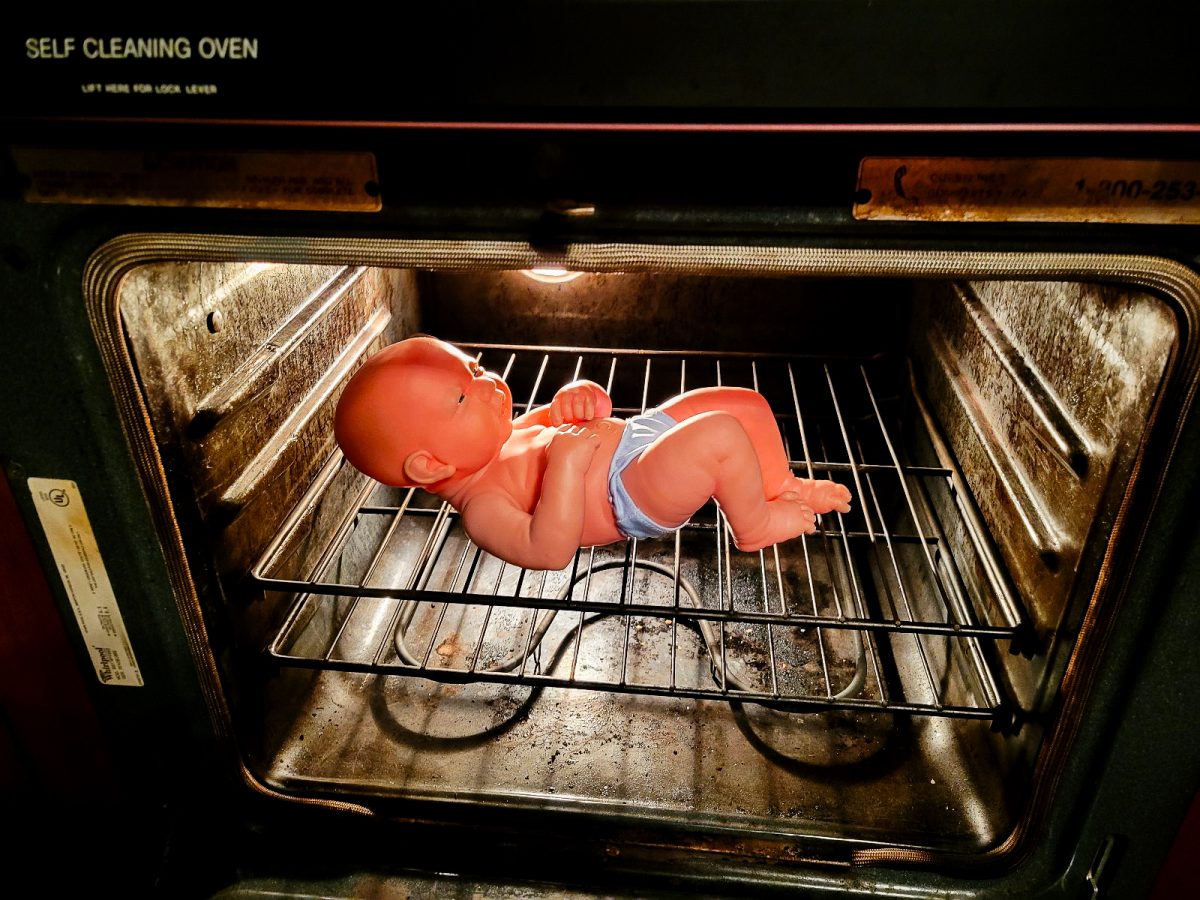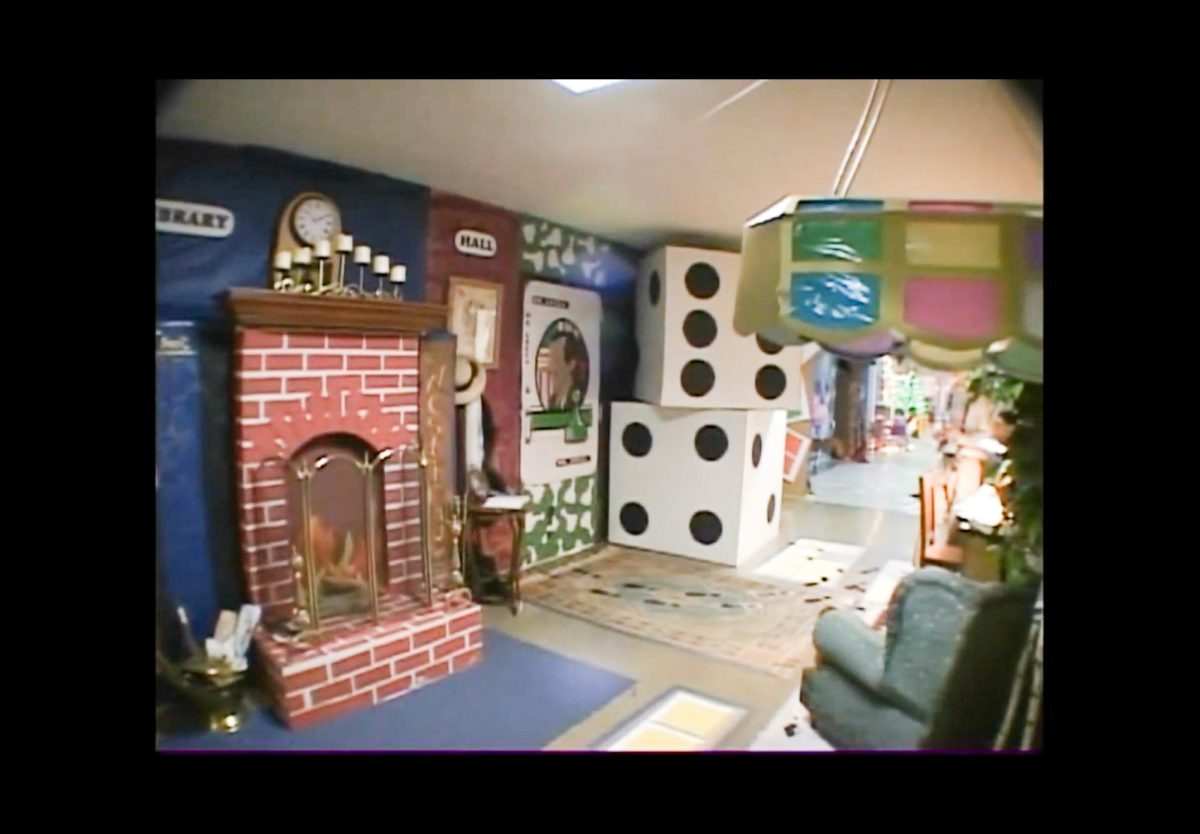For youngsters with a penchant for solving puzzles, there is no better toy than a Rubik’s Cube. 54 tiles must be manipulated to form a final picture with each color falling in it’s predetermined place. The US Government should start recruiting some of those kids now, because our current immigration system is a Rubik’s Cube with 40 million tiles, virtually unsolvable.
President Barack Obama called for new solutions to immigration in his inaugural address and the State of the Union. A bipartisan “gang of eight” senators endeavored to tackle the issue recently, prompting a national conversation. The buzzword for true solution is “comprehensive immigration reform.” It was attempted in 2006 and failed in part due to then Senator Obama’s opposition to an increase in the guest worker program. Now, it is time again to unpack the most complicated, bureaucratic issue in American politics.
In order to determine an approach to immigration reform, we must first understand the fundamental problem. A 2012 Gallup poll found that nearly two thirds of Americans are dissatisfied with the current level of immigration into the United States, with 42 percent of respondents saying it should be decreased. Most dissatisfaction with immigrant levels is largely due to illegal immigration.
Illegal immigrants fundamentally harm two groups when they enter the country and find employment. They hurt low-skilled workers attempting to legally immigrate to the country by skipping the legal process and lessening the space available, and they hurt under educated Americans trying to create a career in fields like landscaping, house care, and food preparation.
The majority of illegal immigration traffic occurs on the Mexican-American border. Given low average schooling, few Mexican citizens qualify for most legal means of entry. As a consequence, illegal immigration is the most viable way for Mexican citizens to find work in America. And for many impoverished Mexicans, America is the promised land.
For a twenty-five-year-old Mexican male with nine years of education, migrating to the United States would increase his wage from $2.30 to $8.50 an hour, adjusted for cost of living differences. That’s money that is usually sent right back to his family, and can significantly change lives.
However, for immigrants waiting to come to America from countries far from the border it causes significant problems. Every job filled by an illegal immigrant is one that cannot be taken by a legal immigrant. And for most legal immigrants, their residency is tied to employment. So when you lose your job, you lose your legal status.
Of course, illegal immigrants cannot be blamed for all the issues in our immigration system. In fact, the bulk of the responsibility lies in the government’s outdated and inefficient policies determining the process of legal immigration.
In theory, immigration should be closely related to the amount of jobs available in the United States. When the US economy is booming, and many jobs are available, legal immigration should increase. When the economy slumps and many natives cannot find jobs, immigrants should wait in line. However, there is no discernible link between legal immigration and employment opportunity. Temporary work visas have traditionally lagged employment growth by two to three years. This is due to the rampant bureaucracy that dominates the immigration system.
For people waiting to immigrate to the United States, the easiest way to do so is through a family relation. Of the 958,000 legal permanent immigrants admitted in 2004, 66 percent gained entry under preferences for family-sponsored immigrants. That’s because the most important immigration laws came from the Hart-Celler Immigration bill of 1965, which made family reunification a central feature of U.S. admission decisions.
While this is an admirable goal, it flies in the face of economic logic. In order to benefit the greatest number of natives and immigrants, a quality immigration system would focus on bringing in low-skilled labor and high-skilled labor.
We need people to come to the country who are improving their lives by taking farming, housecare, and kitchen jobs. And we need people who have skills that are rare in America like engineering and computer genius. A true immigration system would be based on skills, not who has an uncle or cousin already in the country.
This solution would help smooth out the bureaucracy of determining who is and is not eligible to enter the country. No more quotas by race, no more exceptions for family, just earning your way into the United States. People around the world would be encouraged to work hard to learn necessary skills that are limited in the nation.
Of course, that still presents problems with illegal immigration, a beast in and of itself. But before attempting to curb illegal immigration we must reform the problems of the legal immigration system that are practically forcing millions to enter through illegal means. Increased security, deportations, and more boots on the border will do little if we cannot present a plausible legal alternative to illegal means of entry.









